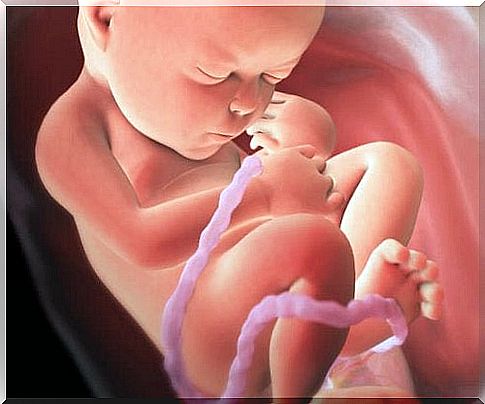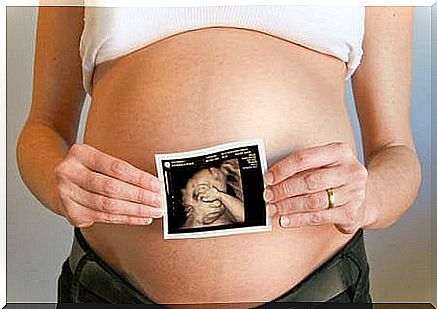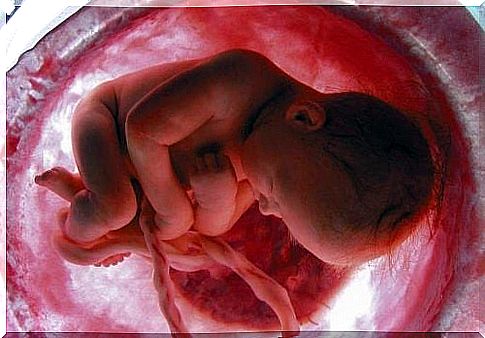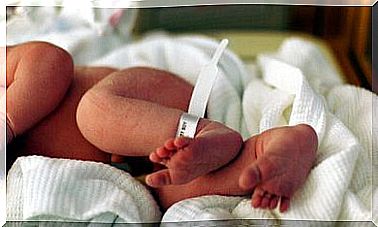Essential Support Systems For Your Baby: Placenta, Umbilical Cord And Amniotic Sac

The development of a baby in the womb requires vital support systems, which are composed of the placenta, the umbilical cord and the amniotic sac.
This system keeps the baby alive and grows. Each part of this trio has a special and indispensable function for a successful pregnancy.
All babies need this system, but these organs are not involved in any other processes. They only form when pregnancy begins.
Each of these three parts is formed solely to enable the life of the growing fetus.
When a mother has another child, new vital support systems are formed for the new baby.
If a mother becomes pregnant with twins or even more babies, the placenta may split. In most cases, each baby has its own amniotic sac and umbilical cord.
It can only be the case that identical twins share one of these organs.
Vital support systems: The placenta, the umbilical cord and the amniotic sac

The placenta
The placenta is an organ that sticks to the uterus and is connected to the baby by means of the umbilical cord. The function of the placenta is to supply pregnancy hormones such as human chorionic gonadotropin (hcG).
It also produces progesterone and estrogen. This organ has the responsibility of establishing a connection between mother and baby in order to ensure blood circulation.
The blood that circulates through the fetus comes from the mother but is controlled by the placenta. This blood is the conduit that carries oxygen and nutrients from the mother to the fetus.
The baby’s waste is also transported through the bloodstream. However, thanks to the placenta, these two fluids do not mix with each other.
After the baby is born, the placenta is shed. Your job is done. This process is known as placental expulsion or afterbirth.
These vital support systems can cause serious problems for the baby if they fail at any point during pregnancy.
As your baby develops inside your womb, the pressure on the placenta increases, and this often leads to bleeding and other complications.
The umbilical cord

It is the vital link between the placenta and the baby. As we have already explained, the placenta is something like the command center between mother and baby.
The umbilical cord is responsible for bringing the necessary information back and forth. Like a bridge.
The organ consists of blood vessels, which consist of a part of small arteries and a large vein. The two arteries carry the blood to the placenta, while the vein carries the blood back to the fetus.
An umbilical cord is usually up to 60 cm long. The point in length is to give the baby as much freedom as possible in his movements.
Its nature prevents possible injury from the movements of the fetus.
During pregnancy, the umbilical cord comes out with and is connected to the baby and the placenta, not the mother.
The string is cut and most of it is discarded. The umbilical cord blood can be stored in a stem cell depot.
The other end heals on the baby’s skin and becomes his belly button.
The amniotic sac
 It is an organ that is full of amniotic fluid. Your job is to house the baby during the months of pregnancy.
It is an organ that is full of amniotic fluid. Your job is to house the baby during the months of pregnancy.
It is used for protection and is at the same time your baby’s playroom and home.
The baby develops in the amniotic sac under circumstances which nature alone determines.
The composition of the amniotic sac is ideal because it allows it to remain suspended, but at the same time enables mobility and protection from external influences.
In the amniotic sac there is a constant temperature of approx. 37.6 ° C in order to create the best possible conditions for the baby.
To be most effective, the temperature in the amniotic sac needs to be slightly above the mother’s body temperature.
The amount of fluid in the amniotic sac increases as the baby develops. After 10 weeks of pregnancy it contains approx. 30 ml of liquid. After 36 weeks this amount has increased to approx. 1 liter.
This fluid does not leave the mother’s body until it is time to give birth.
In fact, it emerges before the baby, which is then found in an unprotected environment for the first time.
Even so, the baby is still connected to the placenta by the umbilical cord. These two organs continue to be vital support systems.









